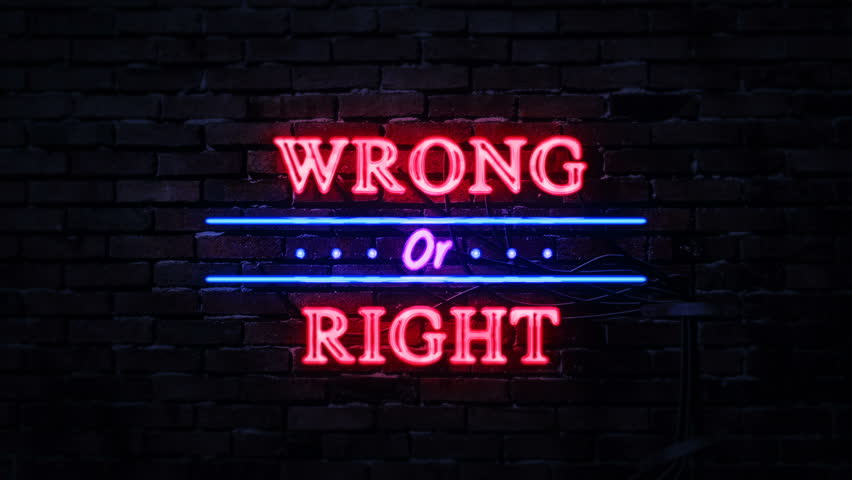The amount we value humanity has been brought sharply into focus recently. Doing the right thing, generous gestures and similar behaviours have come into their own during the pandemic.
For now, and in some shape or form for the long term, this shift in values raises the bar for brand owners, managers and business owners and calls for a strategic approach on how best to handle the change.
Simple approach to embedding a brand conscience
To develop a brand strategy that integrates the notions of trust and humanity, a good way to frame a plan is to ask whether your brand ‘has a conscience’.
Conscience, or an innate sense of right or wrong, exposes every aspect of your brand to scrutiny – from how it is experienced individually by customers and employees to the way it is perceived by all stakeholders including local communities and virtual networks.
Our suggested 3-point Brand Conscience check:
- Purpose: does your brand mission or purpose stand up to scrutiny?
- Reality check: is your purpose embedded in commercial reality?
- Change: what, if anything, needs to change and why?
Step 1 – Purpose
Do your brand purpose, vision and values demonstrate respect for people and the planet as well as profit?
If not, this may signal a need for significant change to your brand; or at the very least some fine tuning to assimilate the values that are finding a voice.
Agility and continuous innovation more than ever are needed to safeguard repeat purchase, loyalty and long-term success at the same time as trust. It means being beyond reproach in the eyes of customers, employees, communities as well as continuing to satisfy investors and shareholders.
However, all conscience with no commercial reality is a non-starter. So, a reality check is needed in order to establish a fine balance.
A leading light and successful point of reference here is retailer and market leader Mary Portas with her relentless pursuit of the ‘kindness economy’ as seen by many in her Ted Talk.
Step 2 – Reality check
Some forecasters and business owners are predicting a big drop in demand and a change in the economic order following the recent rush of purchases that are satisfying pent-up demand.
However, here’s an interesting note from recent history; this was McKinsey 11 years ago at the time of the 2009 economic meltdown:
It is increasingly clear that the current downturn is fundamentally different from recessions of recent decades. We are experiencing not merely another turn of the business cycle, but a restructuring of the economic order.
Following the initial shock and caution on spend, in reality we all still wanted the things we had always wanted, so the resumption of demand for the same labour saving convenience, regular treats and outright indulgence was soon back, albeit at a slower pace for a while.
This begs the question as to whether brands need to change or reinvent themselves to accommodate the current mood and new values – or whether we can carry on as before and simply ramp up our marketing and sales activities in the short term.
Is there in fact any value in change or the need to add a conscience to our daily operations?
Step 3 – Why change?
The answer is that we need to change because people have changed.
The difference between 2020 and the crash of 11 years ago is the changing base of today’s spending power.
Younger people with a new sense of responsibility and a loud voice through social media are influencing our values and the pandemic has pushed these values into the mainstream.
A changing business environment which everyone knew had to come, has suddenly matured and is on our doorstep earlier than expected.
Generational demographics may be a crude approach, but they remain effective as a high-level guide to overall trends in purchase patterns – and Millennials and Gen Z (say anyone under 40) are set to make up 58% of the workforce over the next decade.
As they increase their share of earnings and spend, their influence will prevail. Key demands from brands and business will include doing the right thing for the planet, for individuals and for communities.
Those demands already drive buying behaviour and these generations spend increasingly with companies and brands respecting long term sustainability and the good of all.
Brands with a conscience command a price premium
Way before Coronavirus, both Deloitte and Mintel found in surveys amongst young people that the majority of respondents would pay more for ‘socially compliant’ goods or would only spend on brands that align with their social values.
87% of Gen Z and 75% of Millennials say they would pay a premium for products from a responsible brand with a good sense of purpose.
An equally important indicator is 54% of Gen Z would stop using a brand that engaged in unethical practices, while 37% would boycott companies whose practices negatively impact the environment. Basically, when a brand conscience doesn’t exist – the impacts are seen for themselves as shown by a survey from Deloitte.
It’s a tough call in cash-strapped times for businesses. However, taking the above into account, integrating a brand conscience with commercial reality would seem to be something that brands can’t afford to avoid.
For a chat about a brand audit, updating your brand strategy or future-proofing your brand, just drop us a line at hello@imlondon.co.uk or hello@imdubai.ae or message us on WhatsApp.



